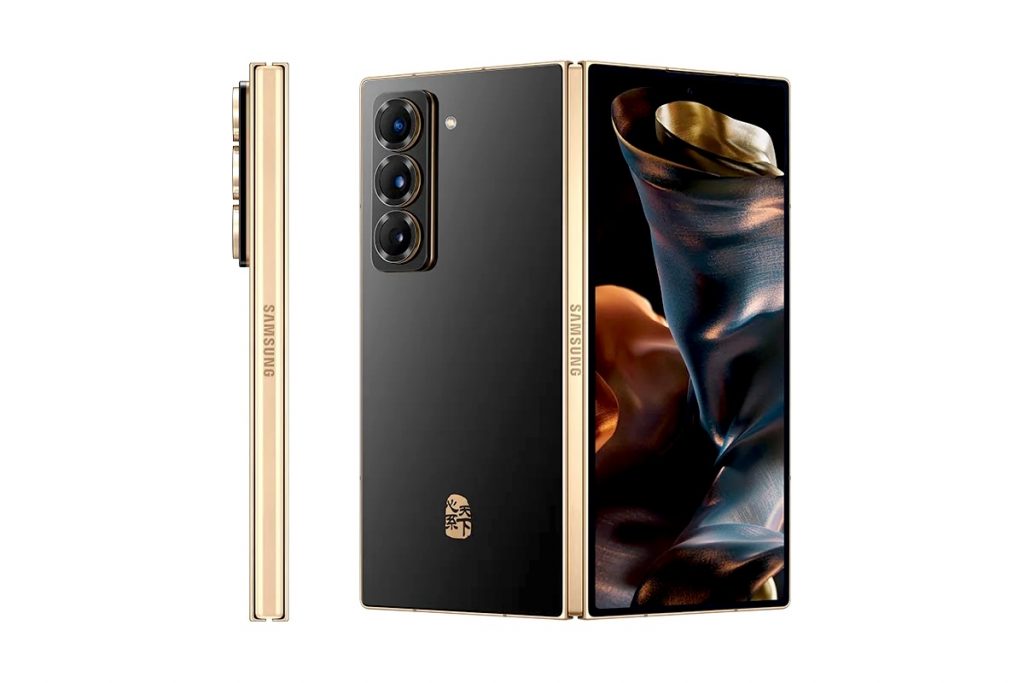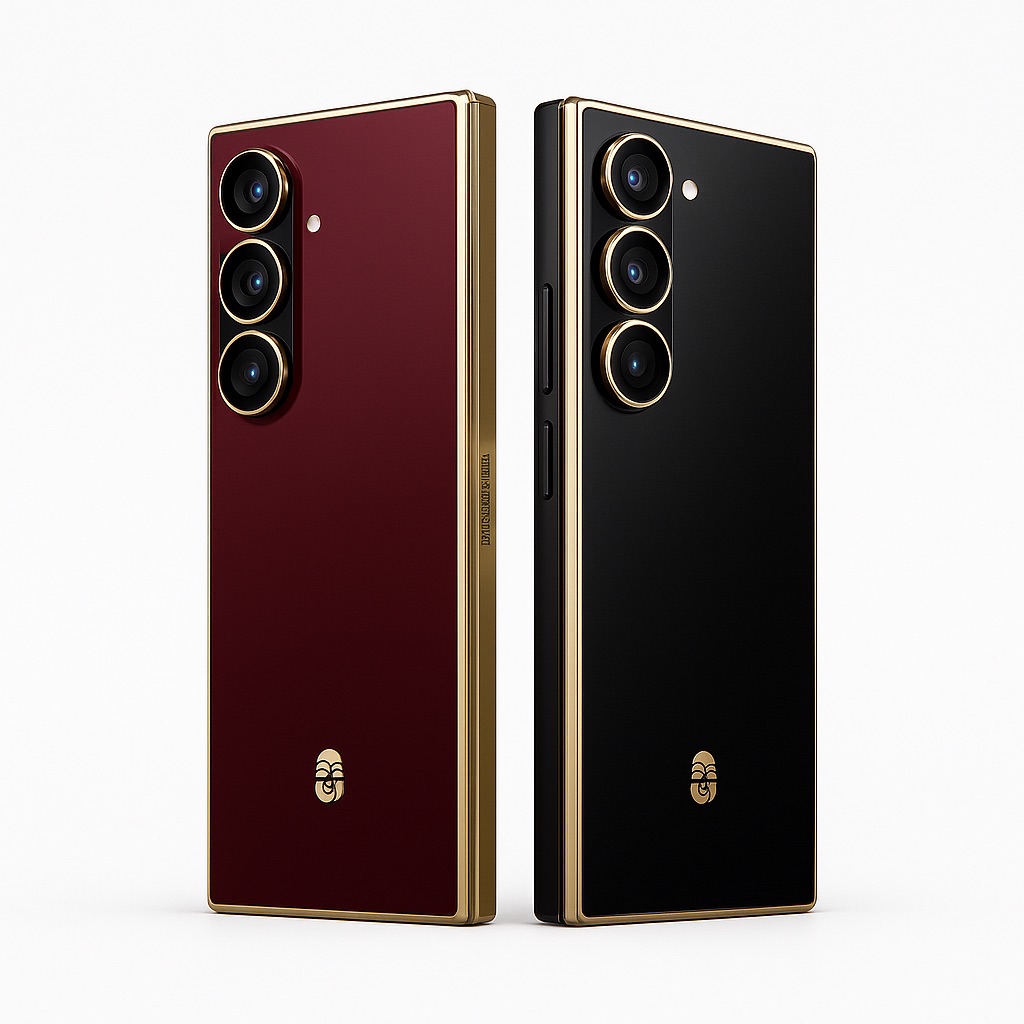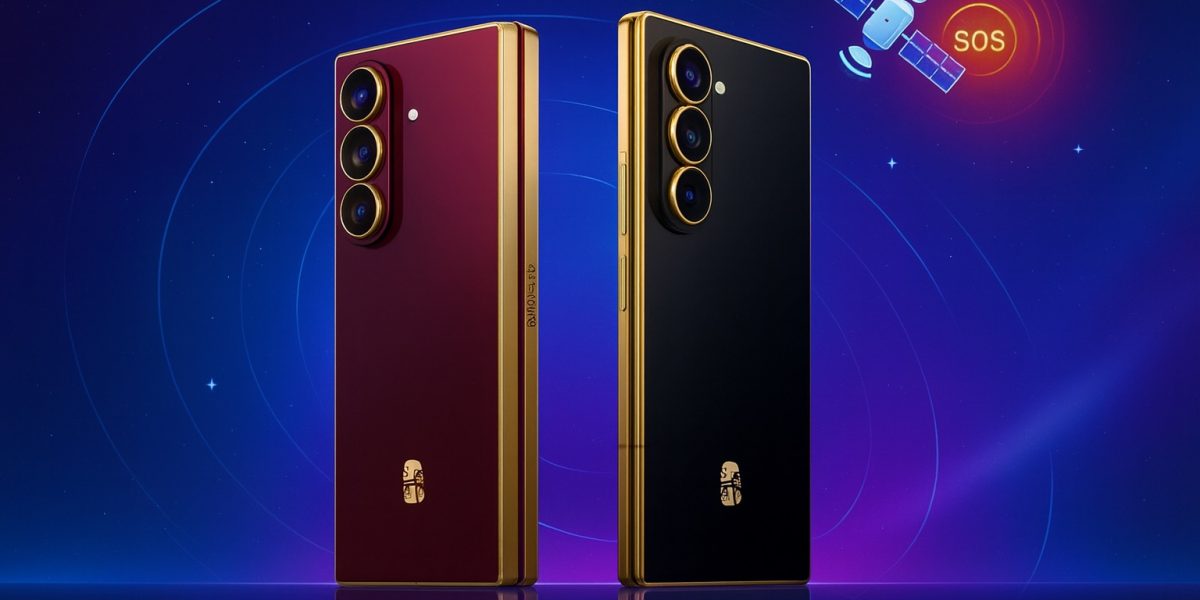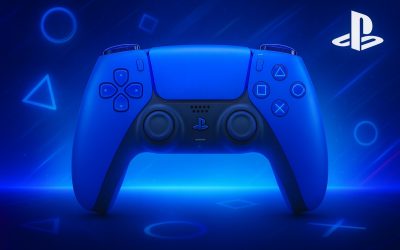Samsung unveiled the W26 foldable smartphone in China on October 11, 2025, marking a significant leap in mobile connectivity technology. This device stands as the first consumer smartphone to integrate direct satellite communication for emergency services through China’s Tiantong network.
The W26’s satellite capability lets users send messages and make emergency calls through space-based infrastructure when cellular networks fail or simply don’t exist. This positions the phone as a critical safety tool for remote areas, natural disasters, and situations where traditional mobile networks become unavailable.
How Satellite Emergency Communication Actually Works
Unlike previous smartphone implementations that require line-of-sight positioning or specific orientations, the W26 connects directly to China’s Tiantong mobile satellite communication system. This infrastructure provides coverage across regions where cellular towers can’t reach—mountainous terrain, maritime environments, or areas devastated by natural disasters that knock out ground-based networks.
When you activate the satellite feature, the phone establishes a connection with orbiting satellites rather than cell towers. This creates a communication pathway that functions independently of terrestrial infrastructure. For emergency situations, this means you’re not dependent on local network availability to reach help.

Design and Build Characteristics
Samsung based the W26 on the Galaxy Z Fold 7 architecture, maintaining the same 8.9mm thickness and 215g weight. You get identical display specifications: a 6.5-inch outer screen and an 8-inch foldable internal display. However, Samsung differentiated this China-exclusive model through distinctive two-tone color treatments.
The Dan Xihong variant combines red with gold accents, while the Xuan Yao Black pairs black with gold highlights. Both feature prominent gold trim around the camera module and frame edges, creating a more luxurious aesthetic than the standard Z Fold 7 lineup.
The premium positioning extends to included accessories: a specialized Kevlar protective case, a 25W charging adapter, and enhanced packaging that reflects the phone’s exclusive market positioning.
Memory Configuration Advantages
Here’s where the W26 diverges meaningfully from its global counterpart. Both storage configurations—512GB and 1TB—come standard with 16GB of RAM. Compare this to the global Galaxy Z Fold 7, where the 512GB model ships with just 12GB of RAM.
That extra 4GB provides more headroom for multitasking, particularly valuable given the large foldable display’s tendency to encourage simultaneous app usage. Power users running multiple applications, especially productivity tools or creative software, will notice smoother performance when switching between tasks or maintaining numerous background processes.
Pricing Structure and Market Positioning
Samsung priced the W26 at ¥16,999 (approximately $2,383) for the 512GB configuration and ¥18,999 (approximately $2,663) for the 1TB version. These figures position it firmly in ultra-premium territory, significantly above standard Z Fold 7 pricing in other markets.
The premium reflects several factors: the satellite communication hardware and licensing, increased RAM across all configurations, exclusive color options, premium accessories, and the specialized nature of China’s W-series as a status product rather than mass-market device.
China Telecom Partnership and Availability
The W26 remains exclusive to the Chinese market through a partnership with China Telecom. This continues Samsung’s tradition of launching premium W-series variants specifically for Chinese consumers, where foldable smartphones have achieved stronger market penetration than in Western markets.
Samsung has consistently used the W-series to test advanced features and premium positioning strategies in China before potentially expanding successful elements to global markets. The satellite communication capability follows this pattern—gauge reception and functionality in one market before committing to broader rollouts.
Competitive Context in China’s Foldable Market
This launch occurs as Samsung works to maintain relevance in China’s intensely competitive foldable smartphone segment. Domestic manufacturers like Huawei, Xiaomi, and Honor have captured significant market share with locally-tailored features, aggressive pricing, and strong retail partnerships.
Huawei in particular has pushed satellite connectivity in its flagship Mate series, creating consumer awareness and demand for this capability. Samsung’s W26 represents a direct response to these competitive pressures, demonstrating that the company can match advanced features from Chinese competitors while leveraging its foldable display expertise.
Who This Phone Actually Serves
The W26 targets a specific demographic: affluent Chinese consumers who want cutting-edge technology combined with distinctive status signaling. The satellite emergency feature provides practical value for users who:
- Travel frequently to remote regions within China where cellular coverage remains inconsistent
- Engage in outdoor activities like mountaineering, sailing, or backcountry exploration
- Want redundant emergency communication capabilities regardless of location
- Value having the latest communication technology before it reaches mass markets
For typical urban users who rarely leave cellular network coverage, the satellite feature remains a “just in case” capability rather than frequently-used functionality. The premium pricing requires justification beyond this single feature for most buyers.
Implications for Global Samsung Strategy
This represents Samsung’s first implementation of satellite communication technology in a consumer device. The China-first approach allows the company to validate the technology, gather user feedback, and refine the implementation before potential expansion to other markets.
If the W26’s satellite feature proves reliable and gains positive reception, we might see similar capabilities in future Galaxy S or Z series flagships globally. However, implementing satellite communication requires partnerships with satellite network operators in each region, creating regulatory and business development challenges that explain the cautious, market-specific rollout.
The 16GB RAM configuration in the W26 might also preview future memory specifications for global Z Fold devices, particularly if user data shows meaningful performance advantages that justify the additional cost.

Real-World Considerations
Several practical factors deserve consideration:
Network compatibility: The Tiantong satellite system provides coverage primarily across China and surrounding regions. International travelers leaving this coverage area would lose satellite functionality.
Usage costs: Satellite communication typically incurs higher per-message or per-minute charges than cellular service. Samsung hasn’t publicly disclosed pricing details for Tiantong access through the W26.
Battery impact: Establishing and maintaining satellite connections consumes more power than cellular connections. Heavy satellite usage would reduce battery life compared to standard cellular operation.
Physical limitations: Satellite communication requires relatively clear sky visibility. Dense urban canyons, indoor environments, or heavy forest cover can interfere with signal acquisition.
Assessing Long-Term Value
At ¥16,999-18,999, the W26 carries pricing that few consumers can justify on practical grounds alone. The value proposition depends heavily on:
- How frequently you genuinely need satellite emergency communication
- The status value you place on exclusive colorways and premium positioning
- Whether the enhanced RAM configuration meaningfully impacts your usage patterns
- Your existing investment in Samsung’s ecosystem and foldable form factor preference
For the target audience—successful professionals and entrepreneurs in China who want the latest technology regardless of cost—the W26 delivers a genuinely unique capability that competitors don’t currently match in a foldable form factor.
Samsung’s W26 achieves something noteworthy: bringing satellite emergency communication to a foldable smartphone for the first time. The execution appears solid, with meaningful hardware upgrades beyond just the satellite feature, particularly the 16GB RAM standard across all configurations.
The China-exclusive positioning makes sense given the mature foldable market there, existing Tiantong satellite infrastructure, and Samsung’s need to differentiate against strong local competition. Whether this technology eventually reaches global markets depends on regulatory approvals, satellite partnership negotiations, and consumer demand signals from this initial implementation.
For those within the target market—Chinese consumers who can afford the premium pricing and will actually utilize satellite connectivity—the W26 offers capabilities unavailable elsewhere in a foldable package. Everyone else should watch this launch as a preview of where smartphone communication technology might head once satellite features become more widespread and economically accessible.




Post a comment